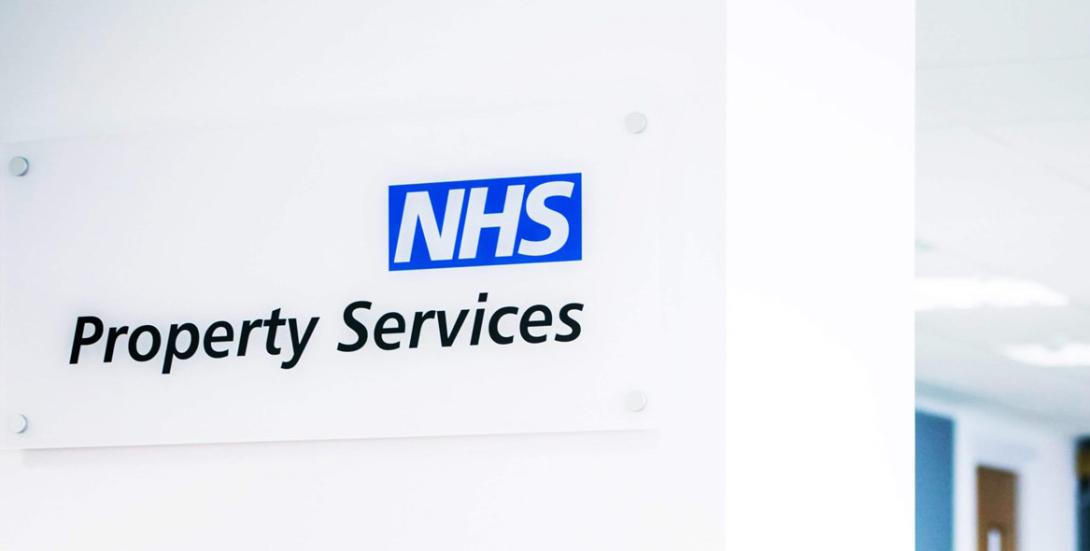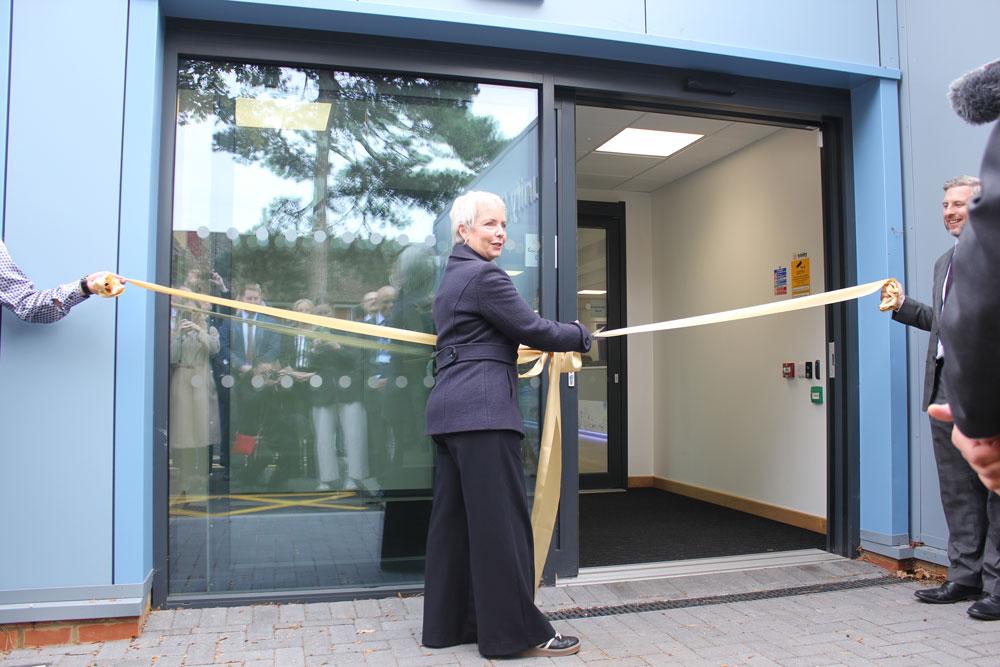Mark Smith, Chief Financial Officer at NHS Property Services, explains how the NHS can maximise efficiencies, meet new cost savings targets and drive value for patients and communities
Last month, the government detailed ambitious targets for savings and efficiencies across the NHS in the Spring Budget. NHS annual saving targets are to be doubled from 1.1 per cent to 2.2 per cent, delivering an estimated saving of £4.75 billion over the next three years.
As owners of approximately 12 per cent of the NHS estate, and with one of the largest portfolios across the UK (including around 3,000 properties and c. 7,000 tenants), we at NHSPS strive to create safe, efficient, sustainable, and modern healthcare environments, so every patient can get the care they need in the best place for them. We are also favourably placed to be able to deliver efficiencies for the NHS through optimal management of our estates and facilities services.
For 2020/21, we had a savings target of £32.9 million. As Chief Finance Officer at NHSPS, I am proud to say that at the year end, we exceeded this target and achieved savings totalling over £50 million, which has allowed us to mitigate inflation. Maximising efficiencies across the NHS estate, whilst maintaining safe and compliant facilities and delivering quality, sustainable services, has never been more important in light of the ongoing challenges faced by the NHS from the Covid-19 pandemic and pressures to meet the growing waiting list in elective care.
In this article, I will reflect on how NHSPS has delivered these savings and will continue to support ambitious NHS saving targets in the coming years whilst navigating these ongoing challenges.
Creating efficiencies across the NHS estate
At NHSPS, we leverage our property expertise to help the NHS get the most of its estate, in line with the NHS Long Term Plan. We are continually reviewing our space to make sure that it is being used to its advantage. After all, if our sites sit empty and unused then no one can benefit from them.
One of our solutions to this is NHS Open Space, where NHS bodies and wider health and well-being services can rent vacant spaces. Not only does this make better use of the estate and mean communities can access more services from one local hub, but it also helps generate money which can be reinvested directly back into the NHS and to improve services for our customers. This year, we will be continuing to grow the Open Space offering, currently at 1,100+ rooms over 190 sites nationwide, to be able to benefit more people across the country. Creating efficiencies across the NHS estate can therefore be done without the need for selling or completely rebuilding a site, but through repurposing and redeveloping space.
In some cases, however, reducing the number of properties that we have sitting empty is important to raise valuable funds that can be invested back into the NHS. Since 2013, NHSPS has raised £381 million for the NHS through disposal of surplus properties. As the NHS faces a backlog of more than two million operations, the money raised through the disposal of surplus properties and saved on running costs and backlog maintenance would total £226.6 million and could fund the building of 68 new GP surgeries and hiring of almost 4,000 doctors for a year.
For example, our Slyne Road site had long standing issues that made it no longer fit for purpose to accommodate the NHS University Hospitals of Morecambe Bay Foundation Trust (UHMB) offices. The use of a previously vacant facility in Moor Lane Mills has allowed for better use of NHS space and budget, and has generated additional revenue for reinvestment. It has enabled a saving of £45,000 in running costs per annum on Slyne Road, negated the need to spend upwards of £1 million on backlog maintenance, and the selling of the site generated much needed funds to reinvest in the NHS. Repurposing Moor Lane Mills also eliminated the costs associated with the vacant space, which had a liability of £159,000 per annum.
Towards a sustainable future
The efforts we have made to maximise efficiencies are crucial not only to save money, but also our planet. At NHSPS, we have an important role in helping the UK’s health services achieve net zero by 2045. During 2020/2021, Covid-19 measures such as flexible working policies and a reduction of business activities in offices and healthcare facilities decreased total energy use in respect to 2019/2020 by 16m kWh, resulting in £1.5 million savings and a reduction of our carbon footprint of almost 3,500 tonnes.
At NHSPS we are working to ensure these savings continue as we recover from the Covid-19 pandemic through our energy and environment strategy which includes around 200 actions, such as improving transport and water efficiencies, increasing recycling, reducing waste and single-use plastic, and, importantly, reducing carbon emission.
Reinvestment to benefit patients, customers and communities
Ultimately, we make these efficiencies to benefit patients, customers and communities. Our customers include GPs, Foundation and NHS Trusts as well as local authorities, pharmacies, dentists, and others which can be benefit through improvements to the services we deliver.
For example, we have recently launched ‘Connect’, our online portal for raising queries, reporting facilities management issues and logging complaints. Through Connect, customers can track the status of their interaction 24/7, giving them more time to focus on patient care which will improve overall customer experience.
To support communities, we have continued to develop social prescribing hubs across England which offer a range of local, non-clinical services to support individuals’ health and well-being. As part of the NHS, we are helping to achieve the target laid out in the NHS’ Long-Term Plan to refer at least 900,000 people to social prescribing services by 2023/24. We have now refurbished a total of 34 spaces for social prescribing use and are on the way to achieve our target of 50 in the coming months.
Plus, our new disposals policy, developed alongside the DHSC and NHSE&I means that 50 per cent of the proceeds of disposals from surplus properties within the NHSPS estate are shared with local health economies for reinvestment.
Looking to the future
Despite the many challenges we’ve faced during my time so far at NHSPS, I am proud of the achievements we have been able to deliver. As we move forward to support these new ambitious targets as part of the NHS, we will continue to work to deliver savings through close collaboration with our customers. It is through this that the NHS will be able to provide the best care for patients, with an efficient and sustainable NHS estate.





